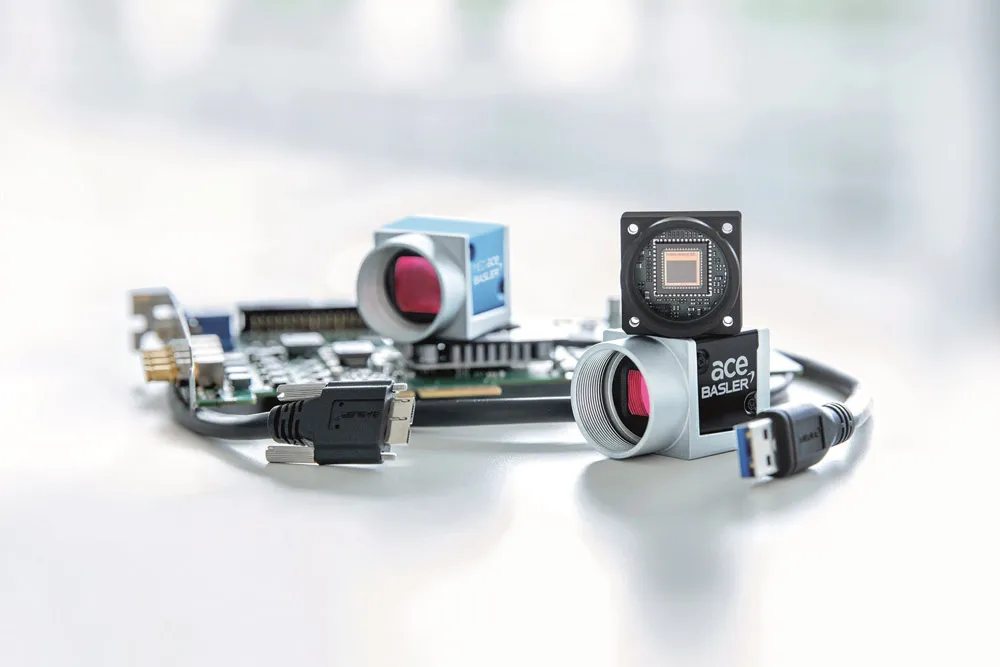JAI has developed a new In Image Triggering (IIT) traffic camera system that is able to handle a wide range of advanced vehicle imaging and vehicle recognition (ANPR) applications in open road tolling, congestion charging, section speed control, parking access control, journey time and other traffic management applications.
February 3, 2012
Read time: 2 mins

The key to the IIT system is its ability to detect and capture images of fast-moving vehicles without the need for ground loops, laser detectors or other lane controller hardware. It uses IR light reflected from passing vehicles to create a virtual 'trigger line' which tells the camera when to capture an image. JAI says that this patent-pending triggering technique provides very reliable image results.
The company's IIT Traffic Camera System is a robust all-in-one design which supports quick deployments and significantly reduced infrastructure costs in any ANPR application. The system includes, in one compact unit, a camera, plate illumination, light sensing, triggering and embedded ANPR/ALPR functions, with Ethernet or wireless interface. The system's built-in IR illuminator enables reliable imaging of vehicle plates, day or night, in virtually any weather or ambient light conditions, without the need for an external flash or other supplemental light sources. Also built into the IIT system is an advanced light sensing system which reads the light being reflected from the scene and instantaneously adjusts the camera settings for best image exposure.
The system, which can be installed on existing gantries or on poles, can be configured with a range of JAI-designed cameras from the company's VISCAM family of products.










